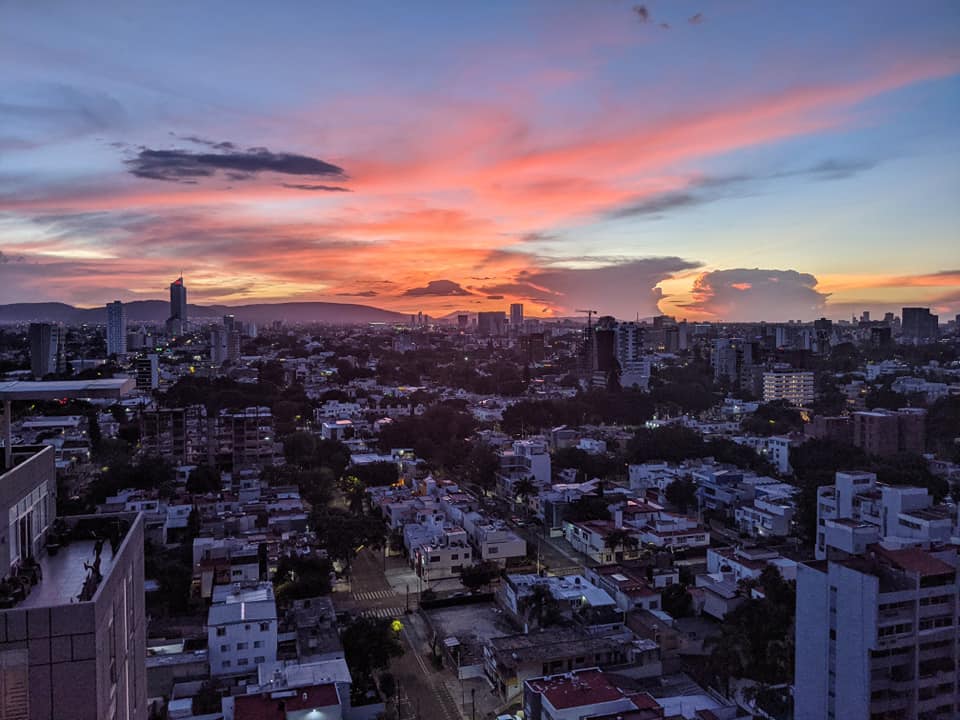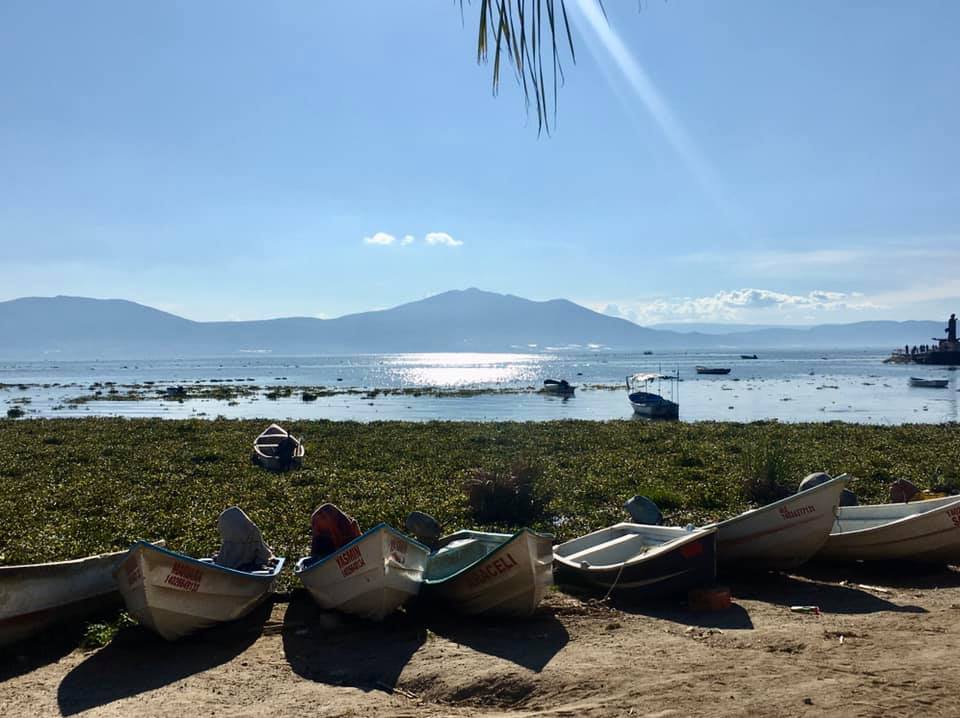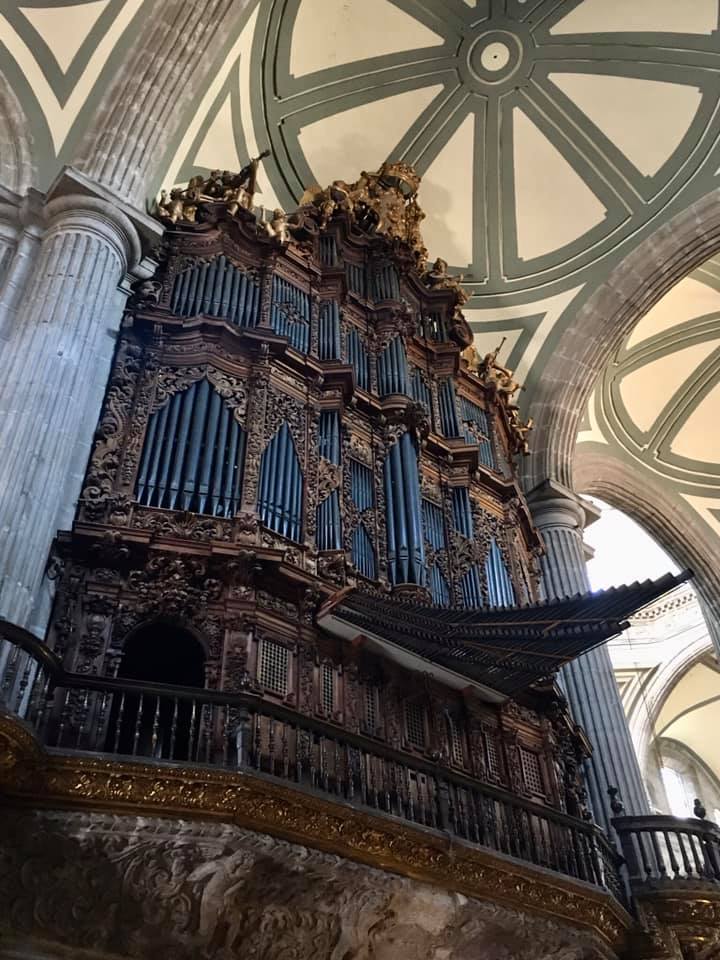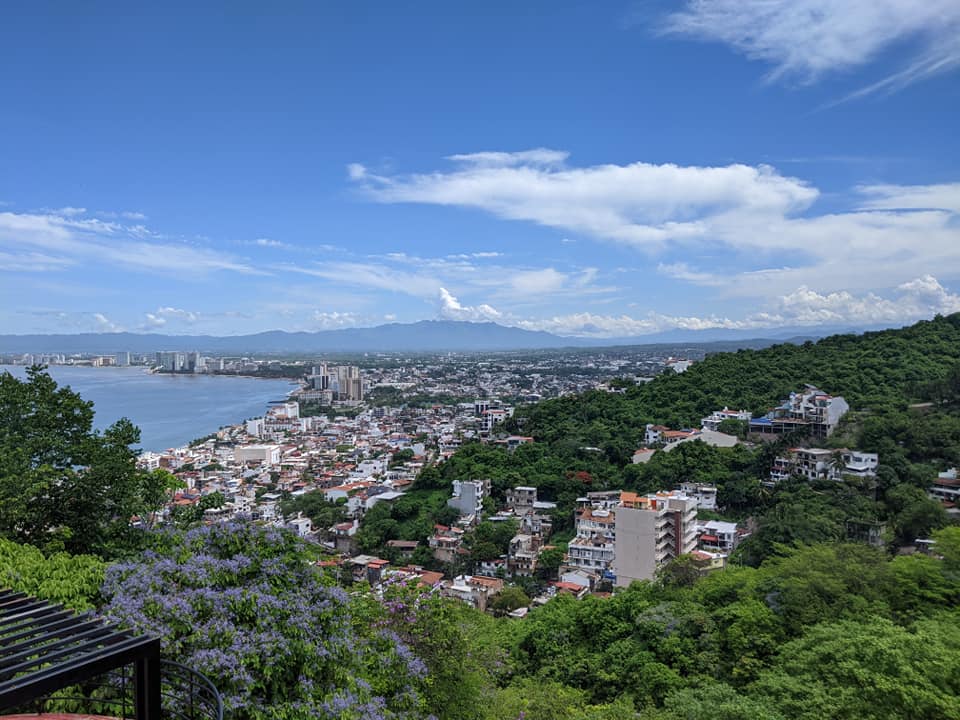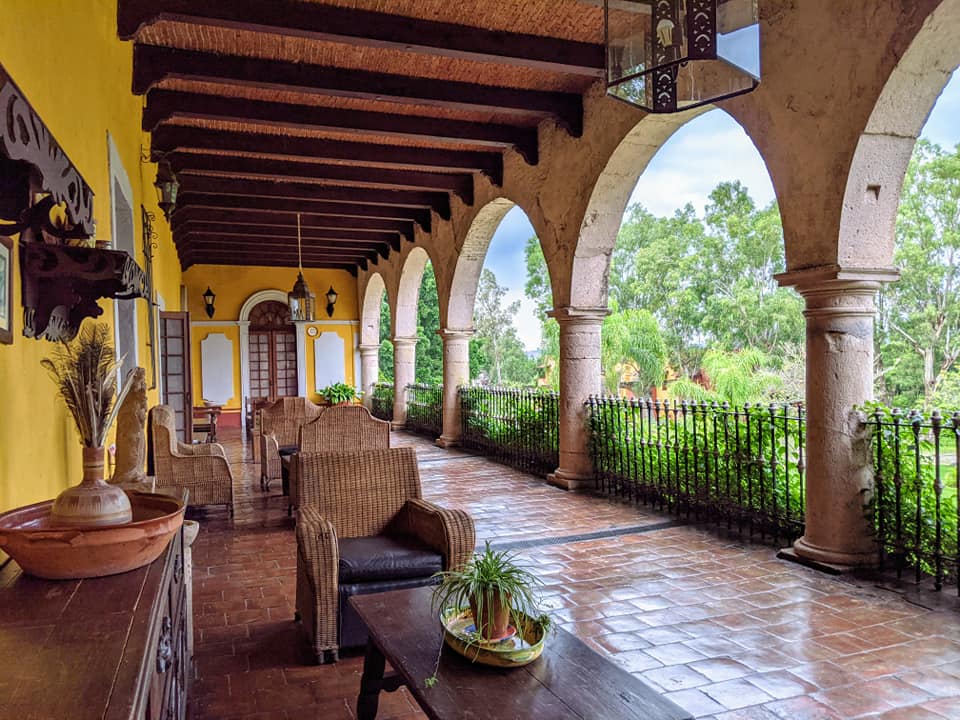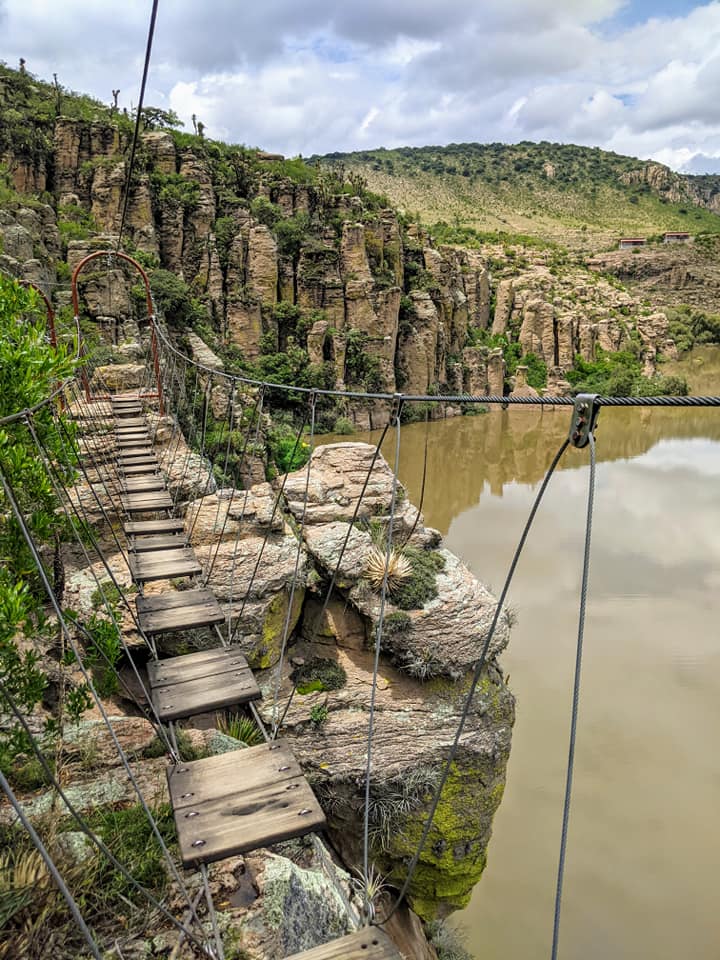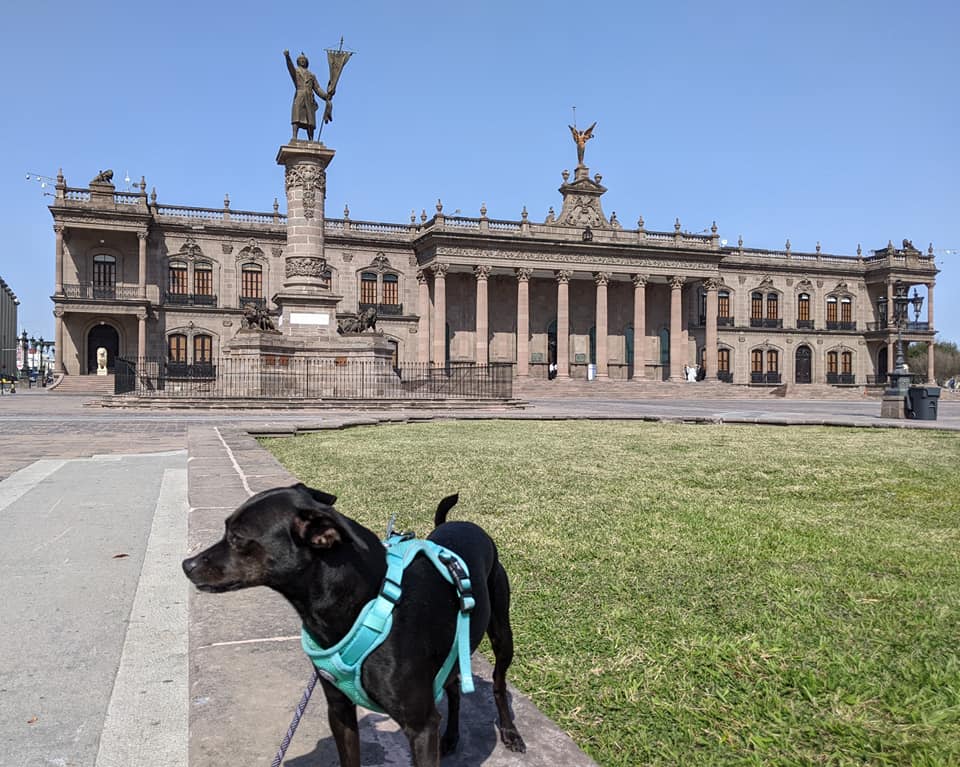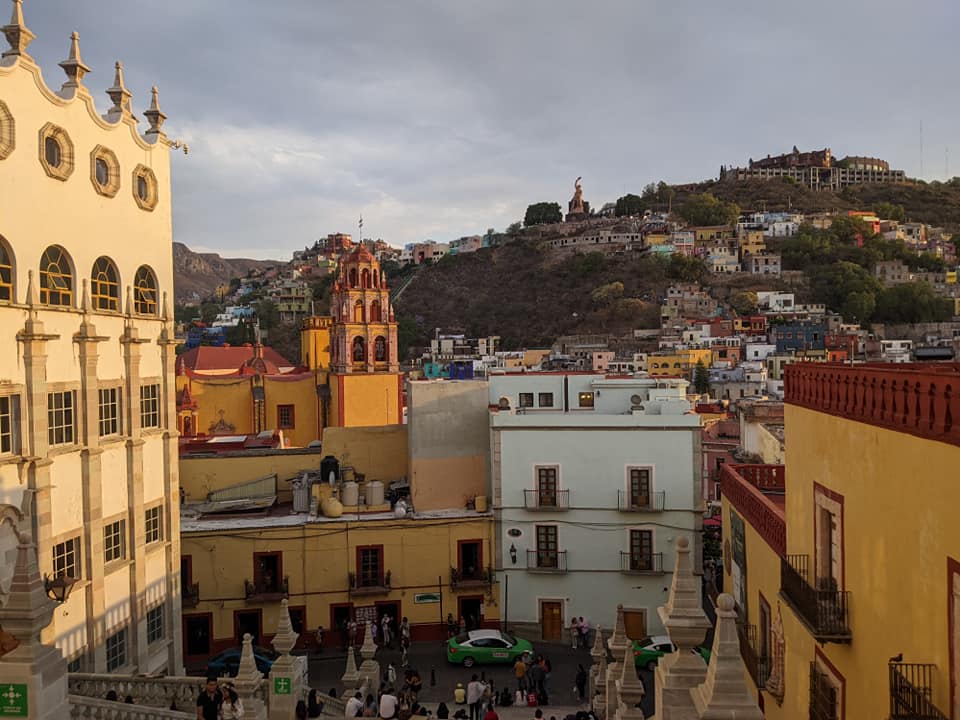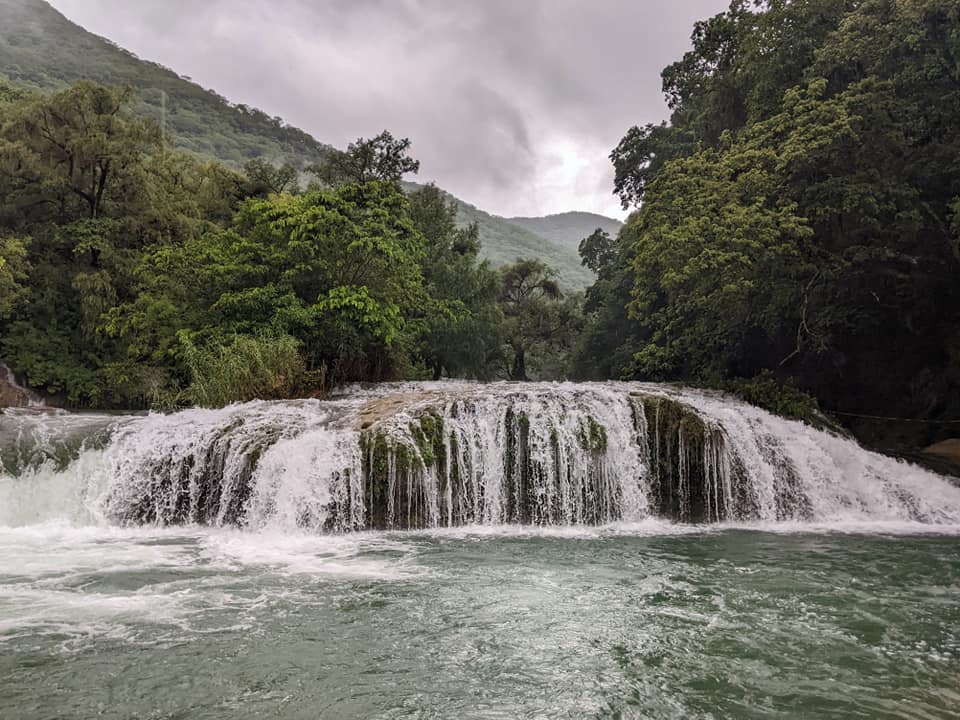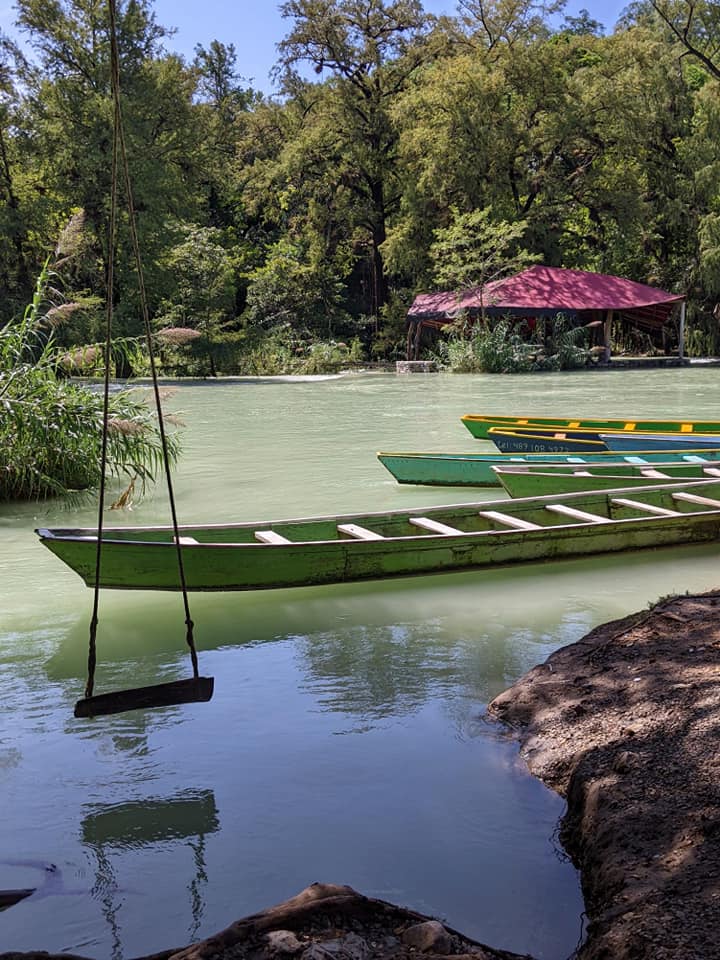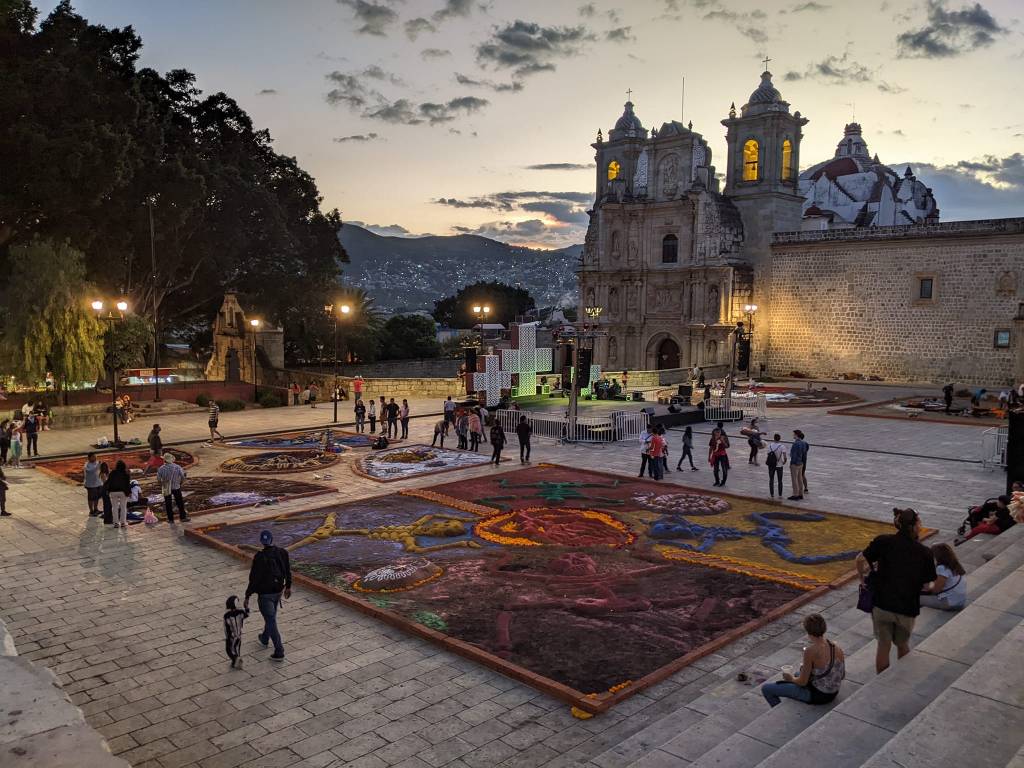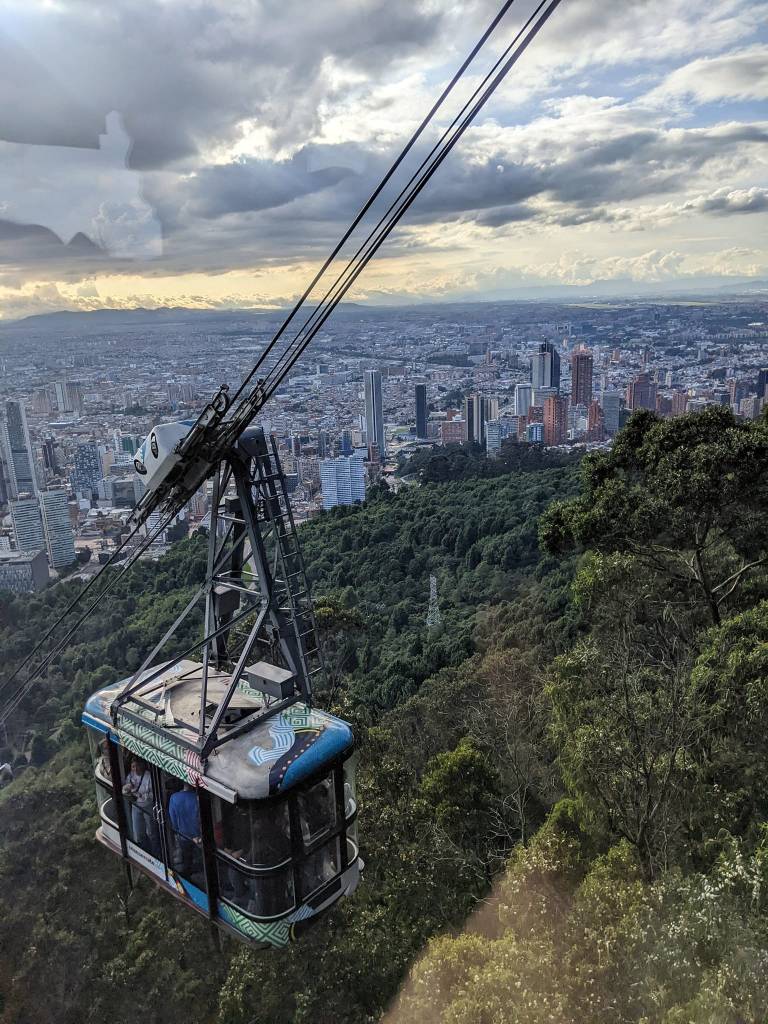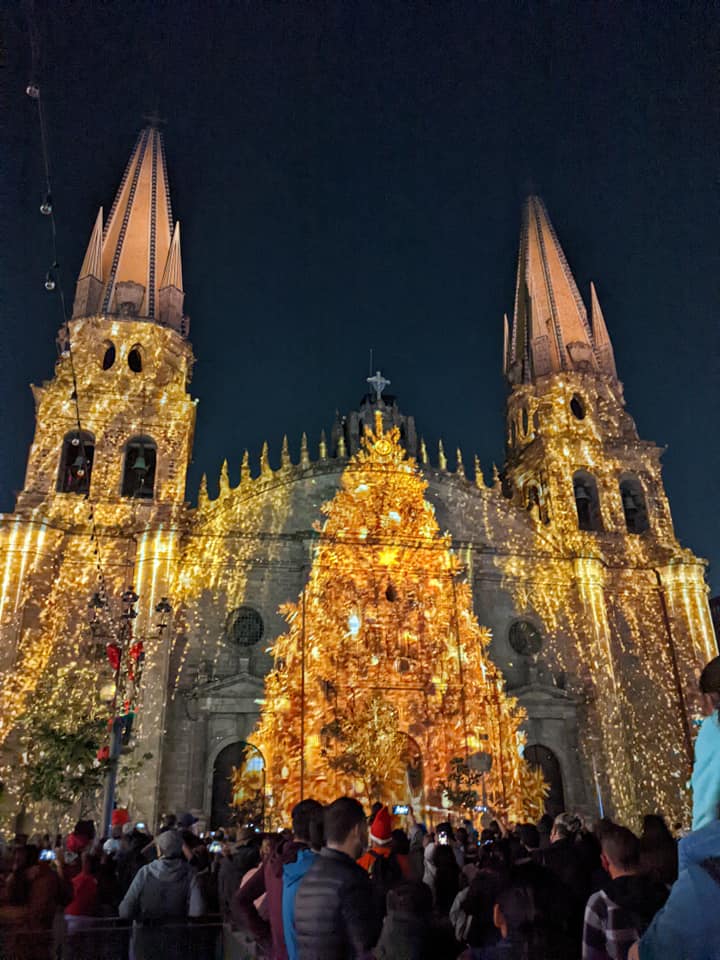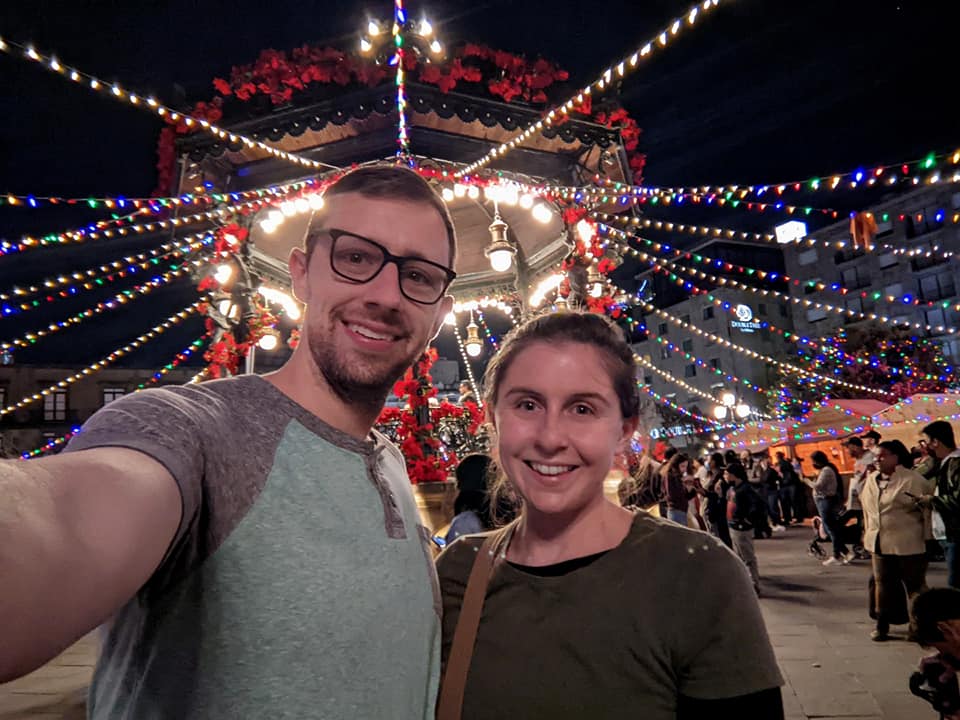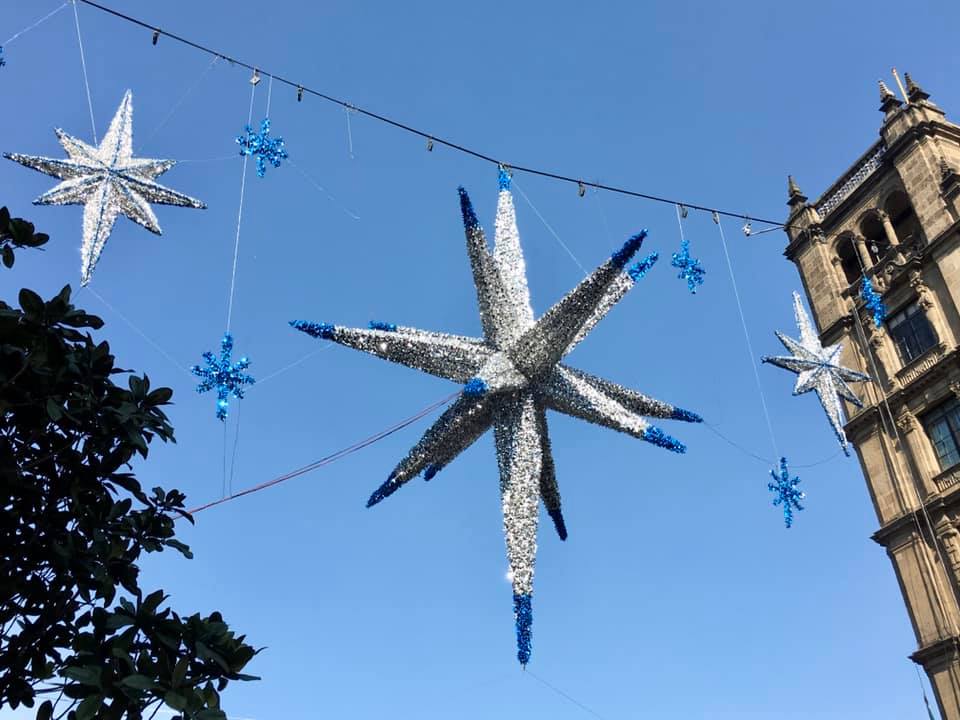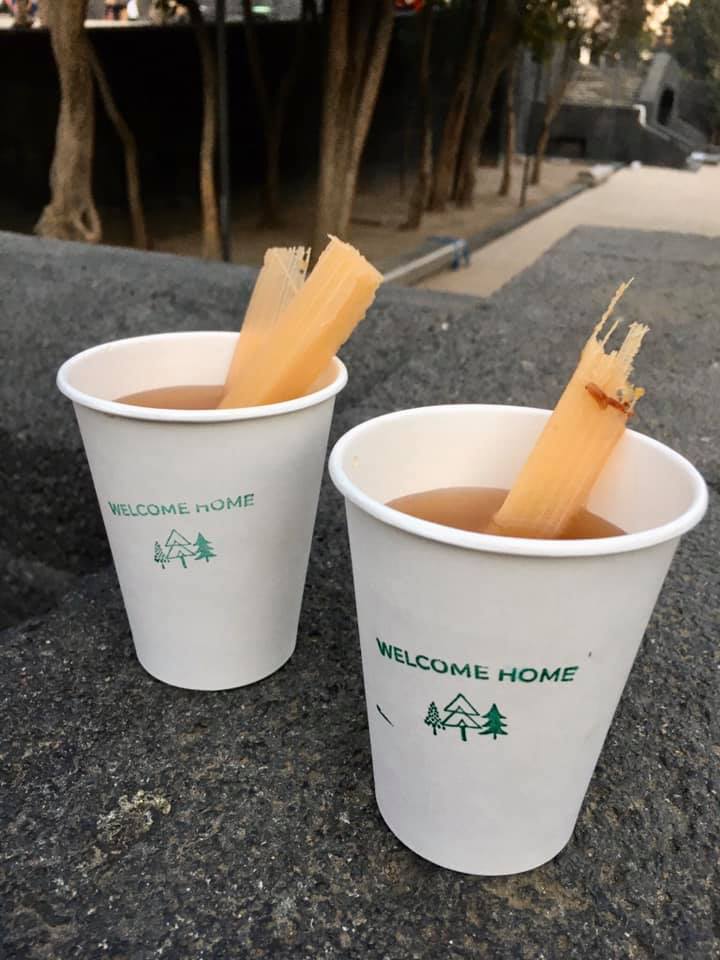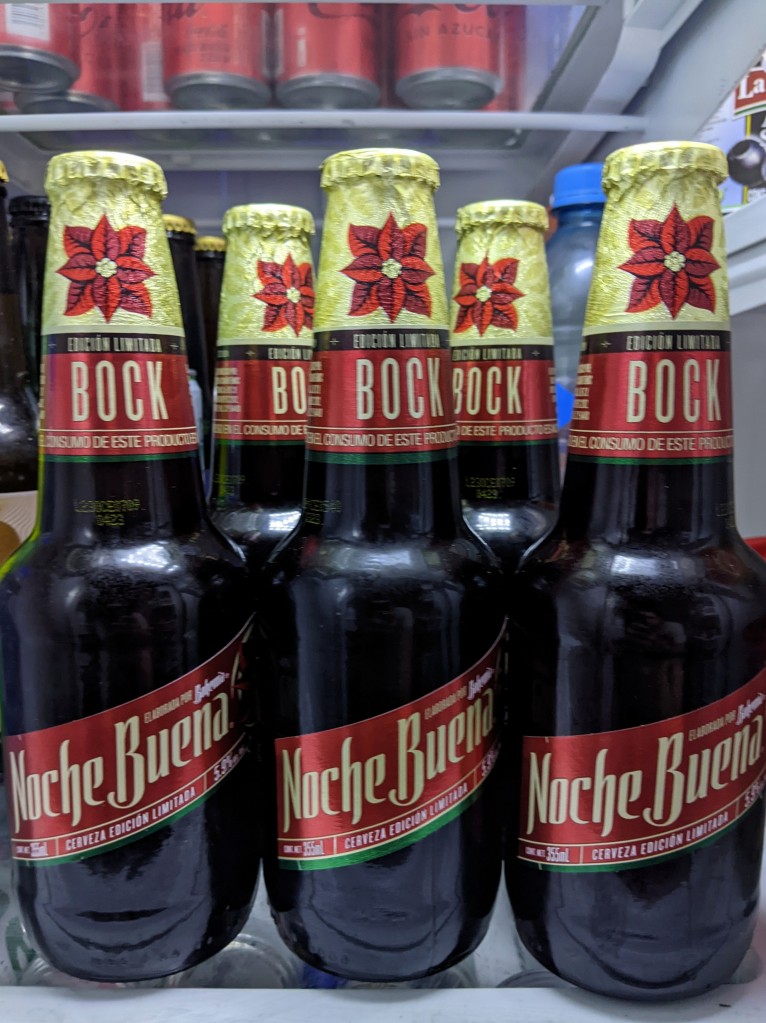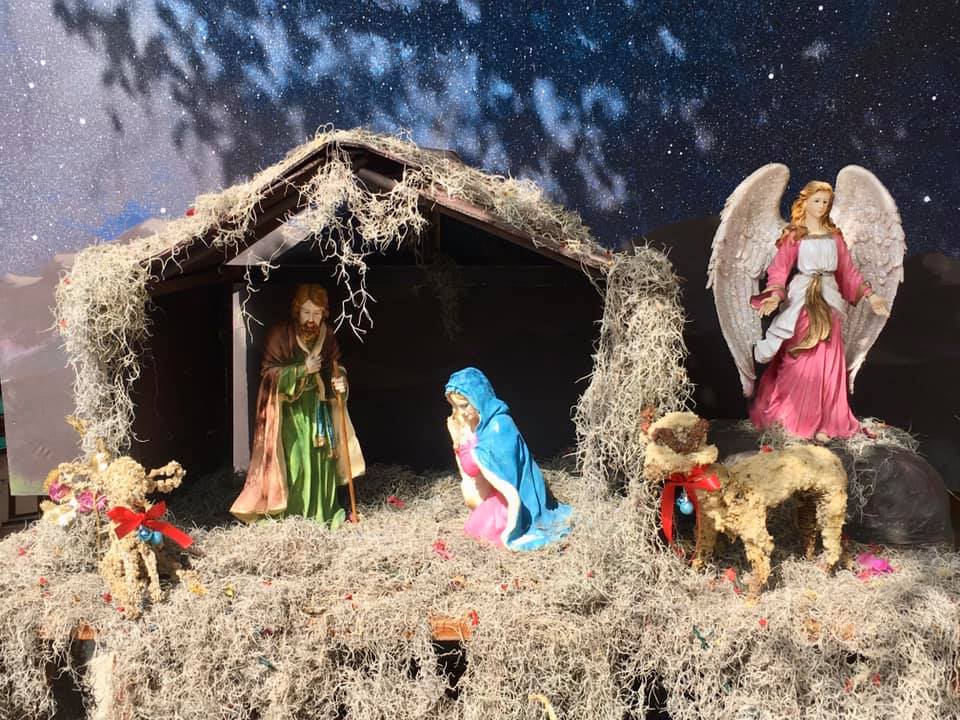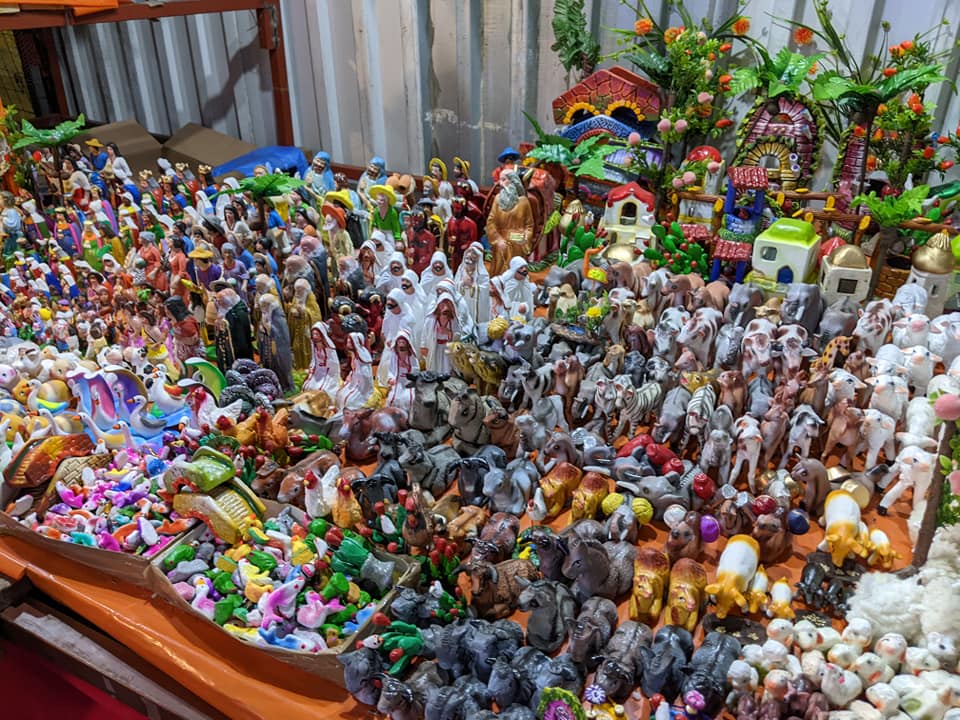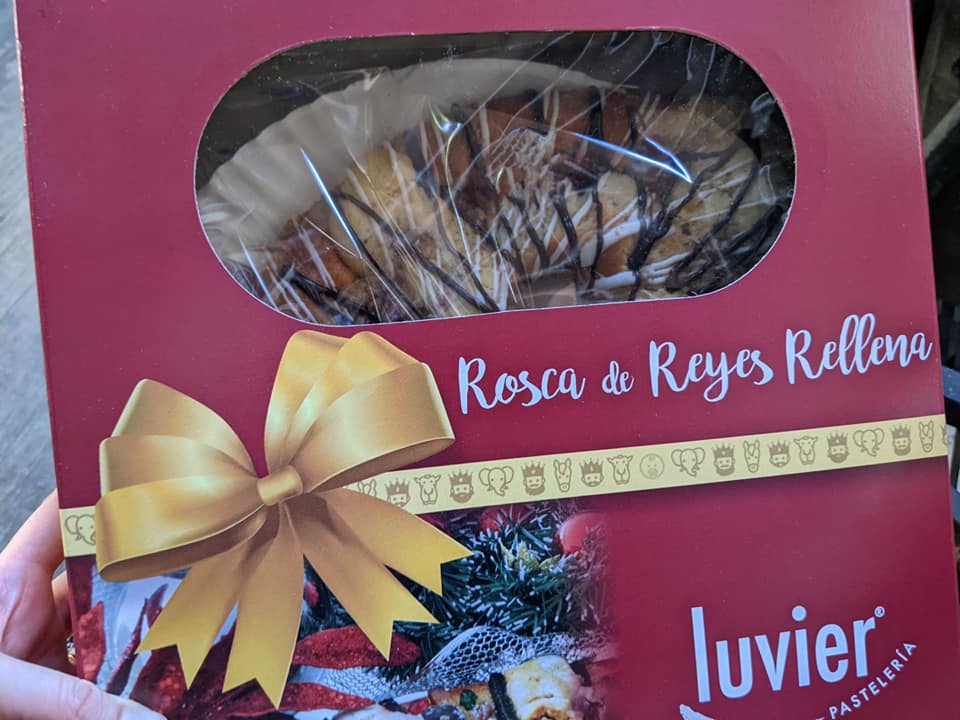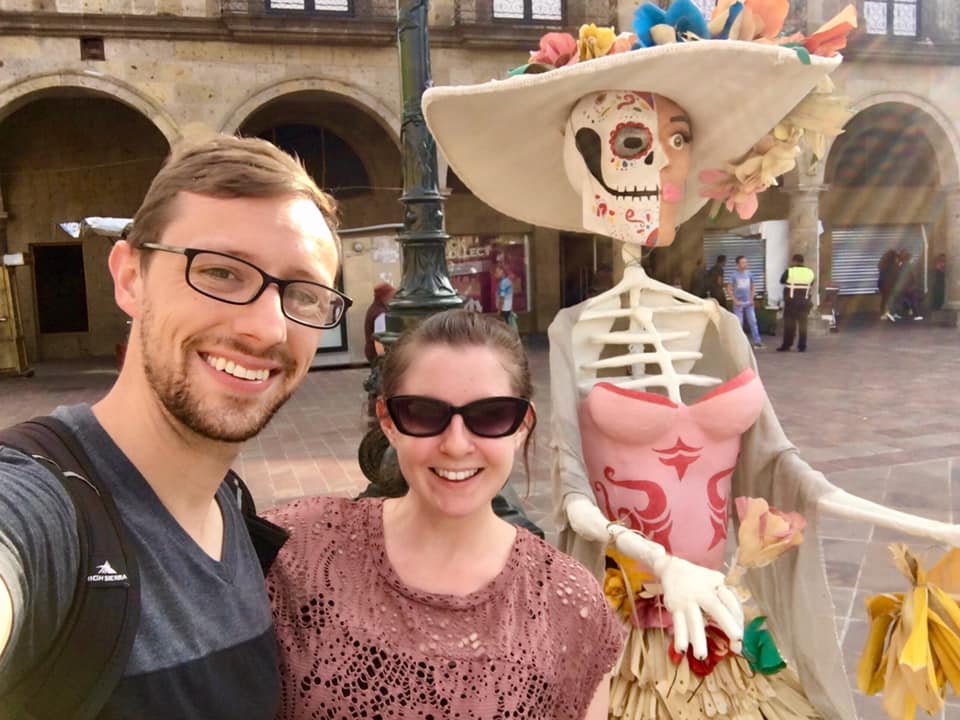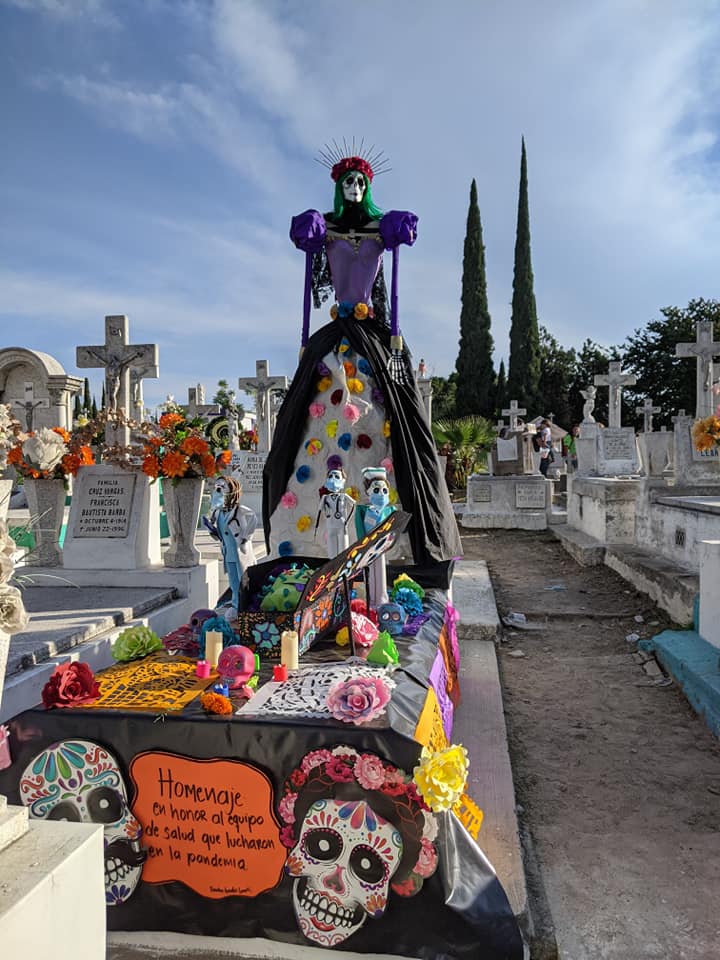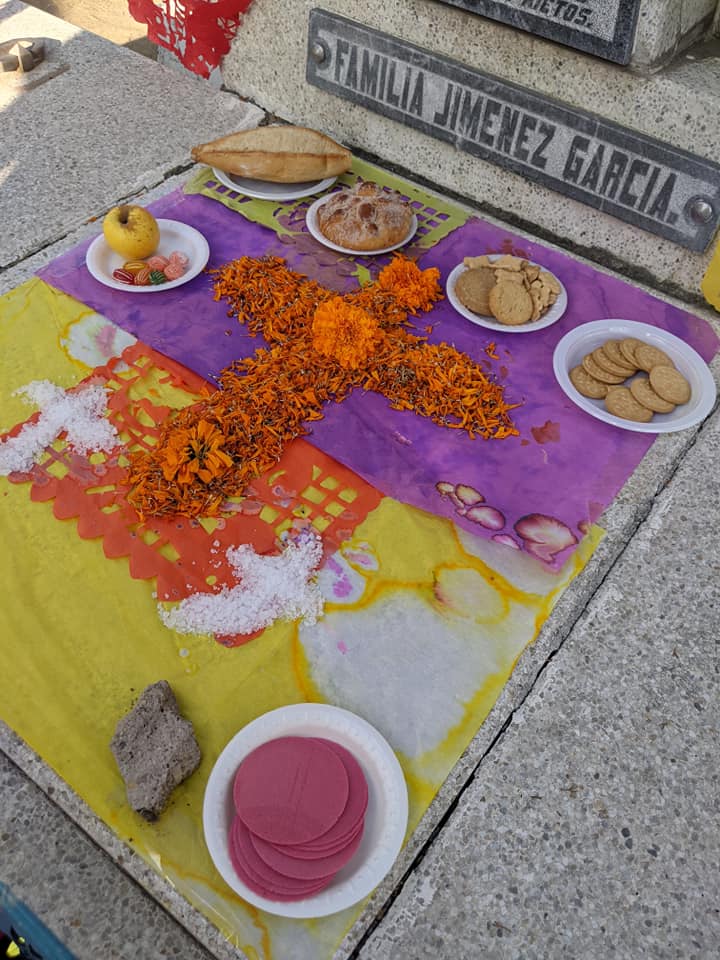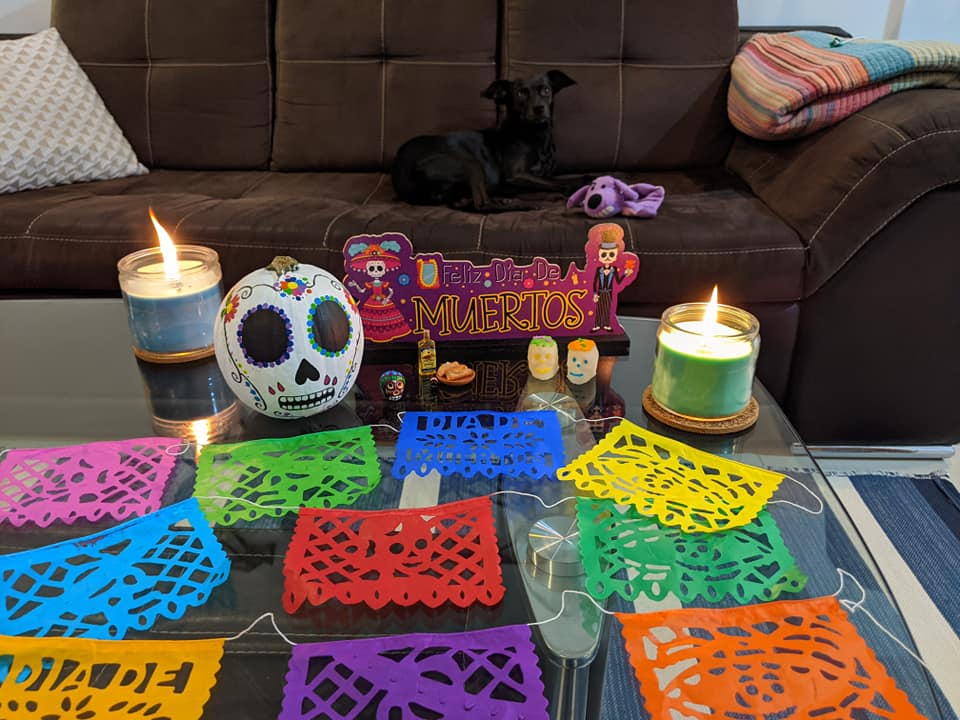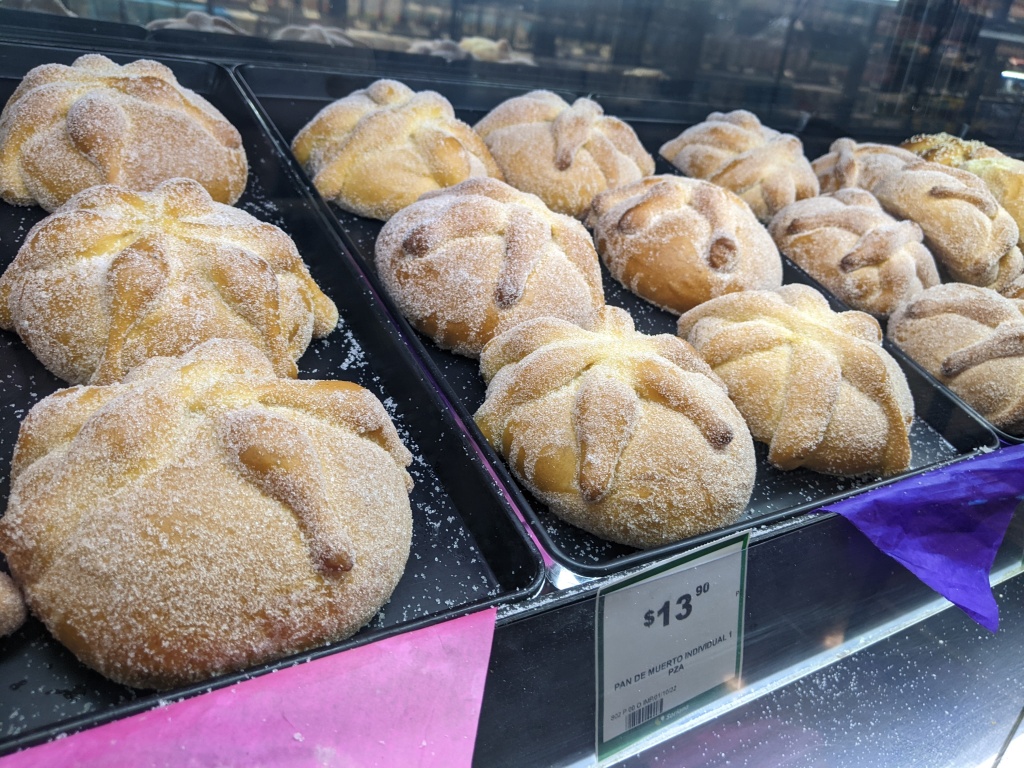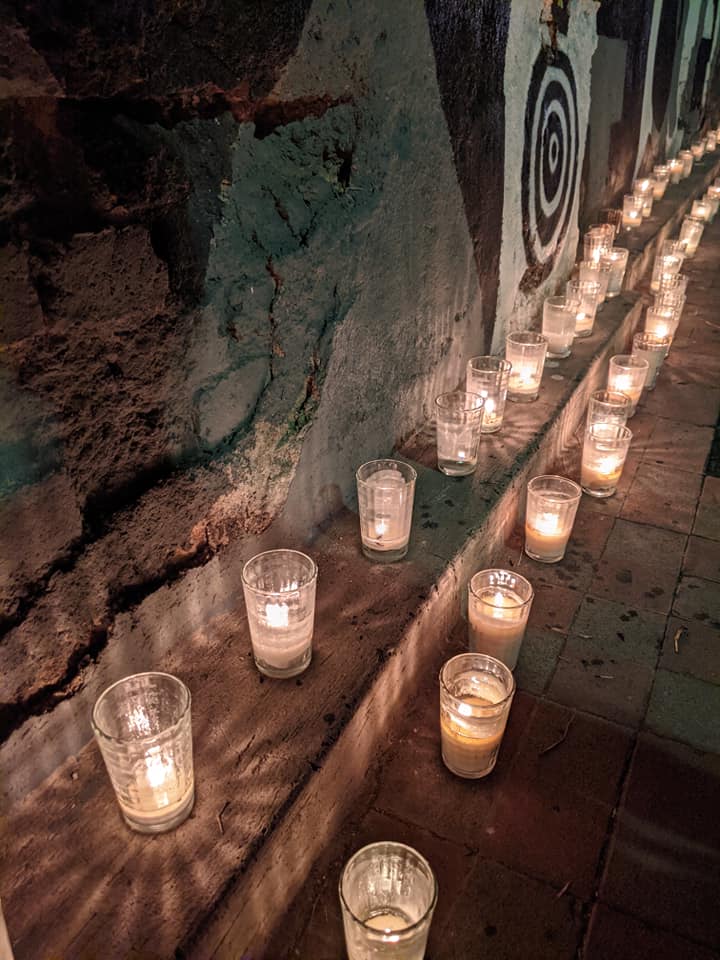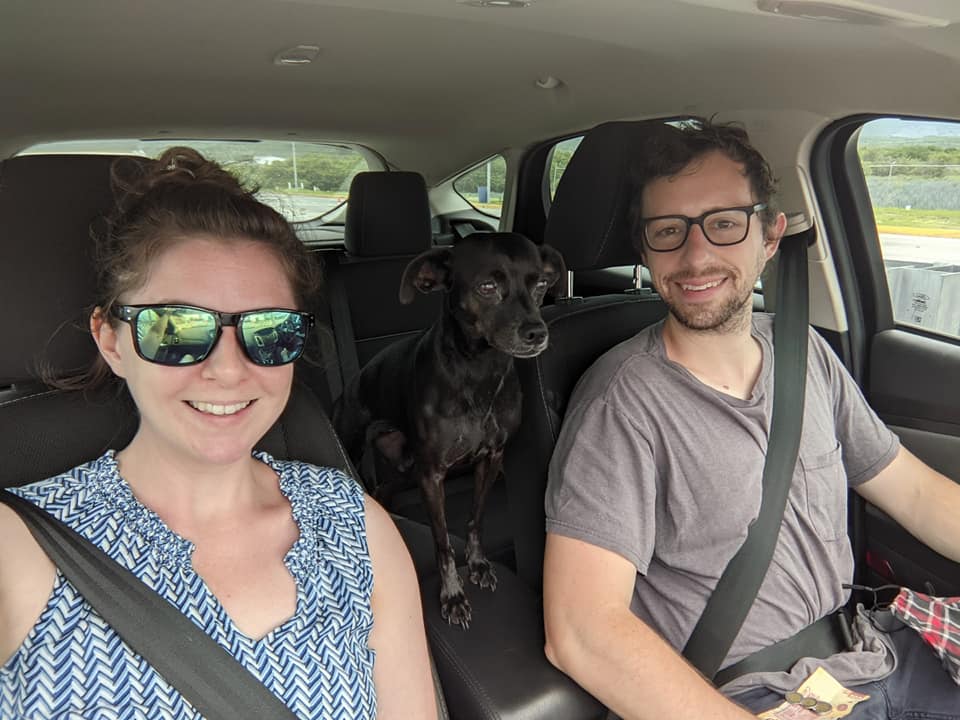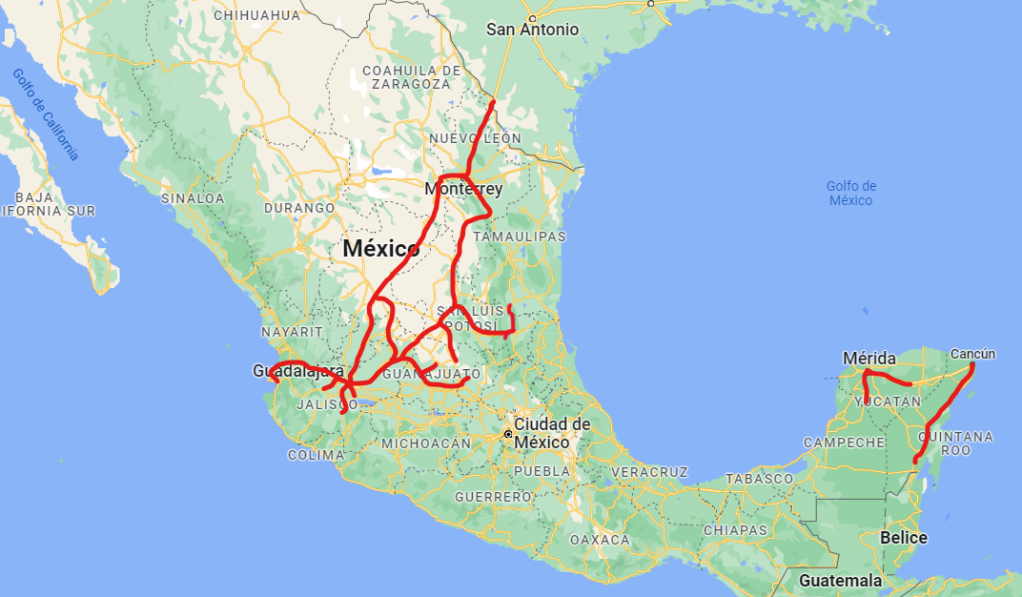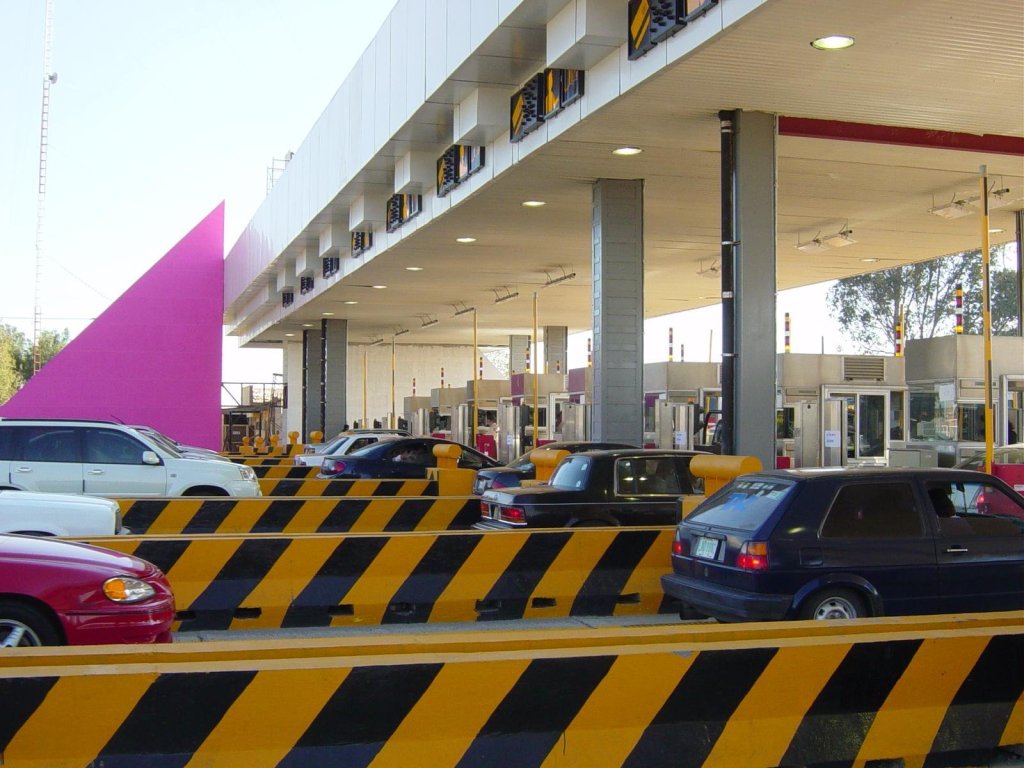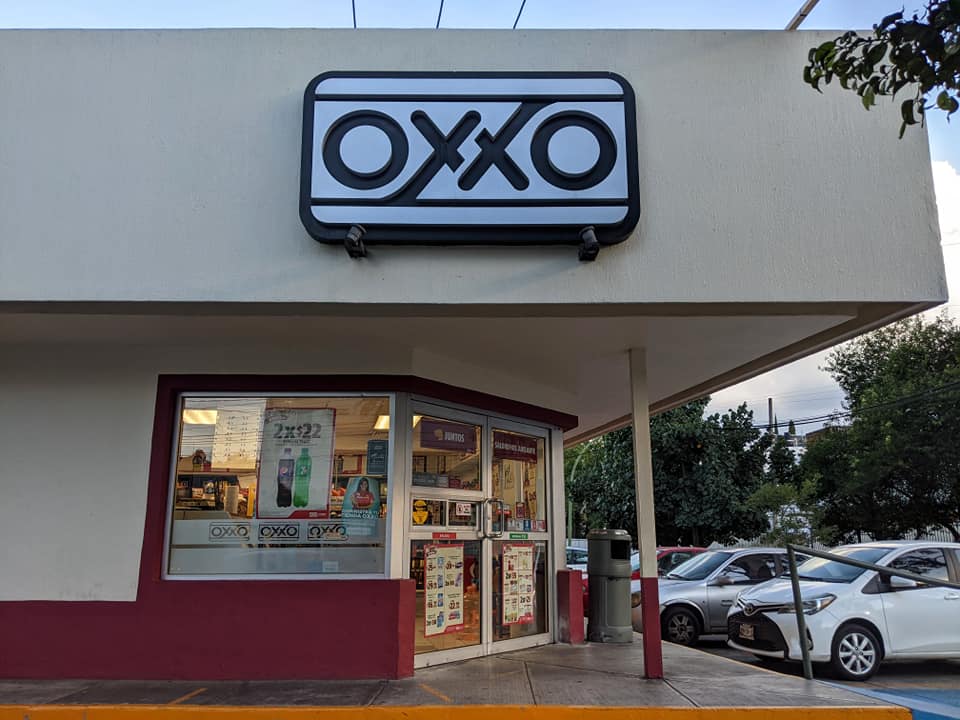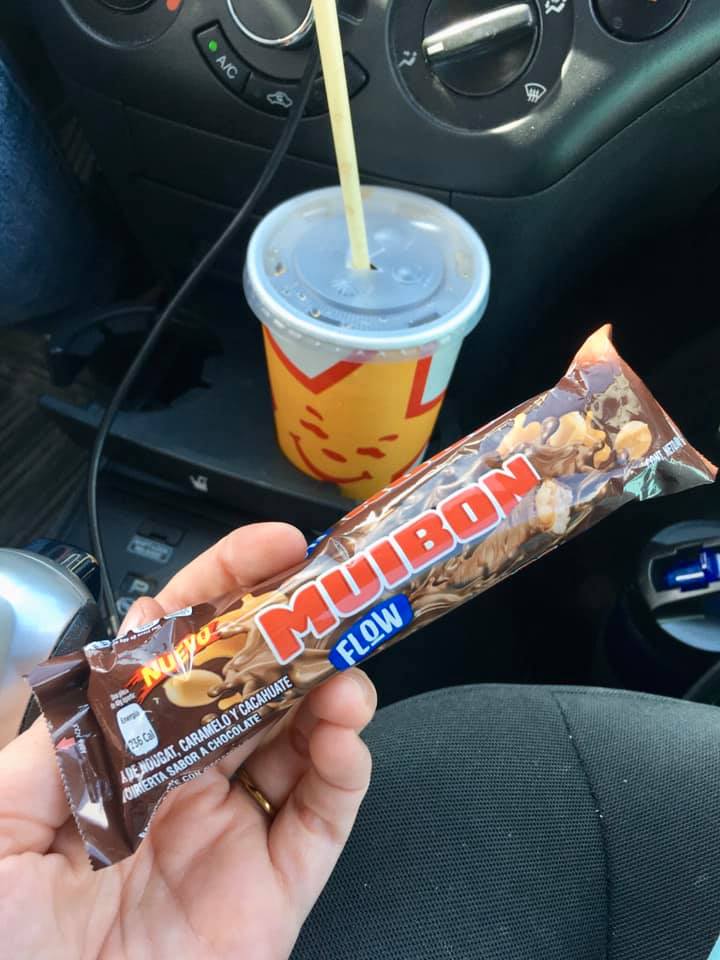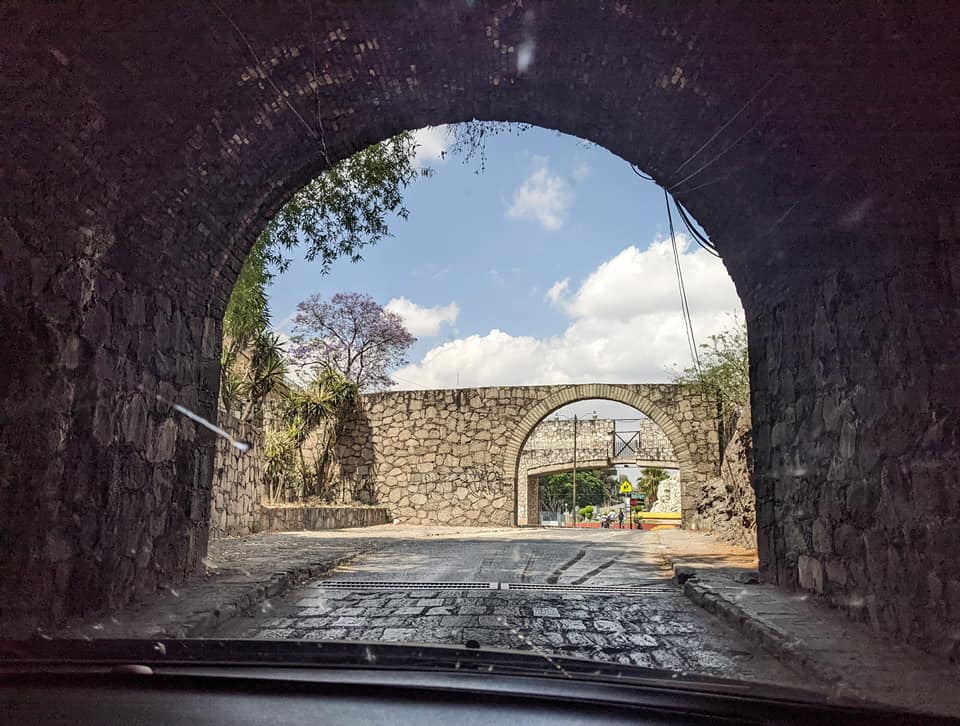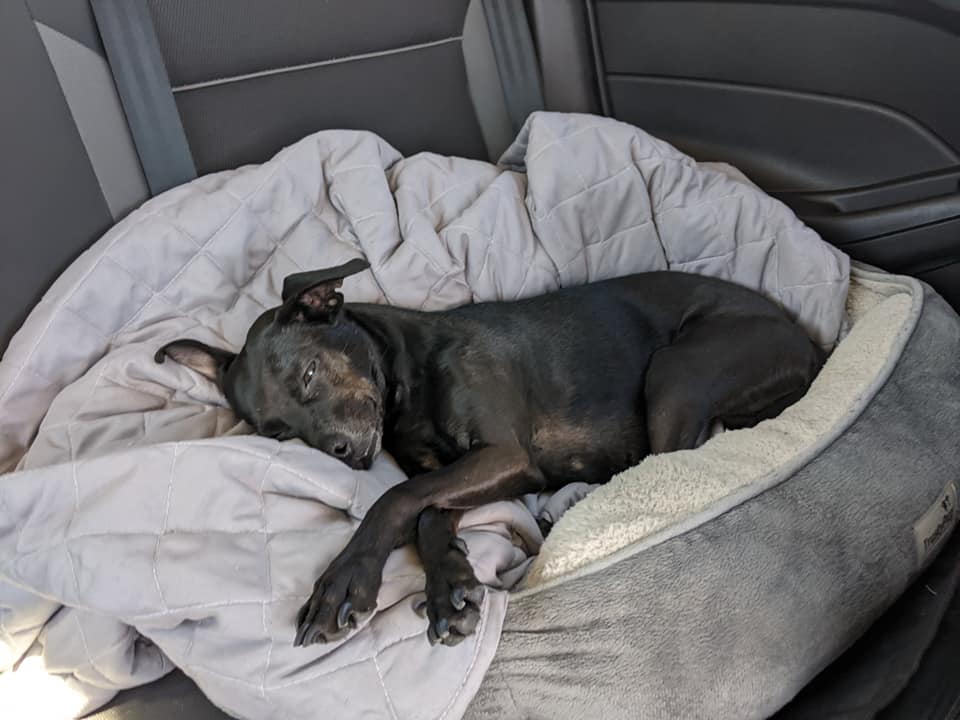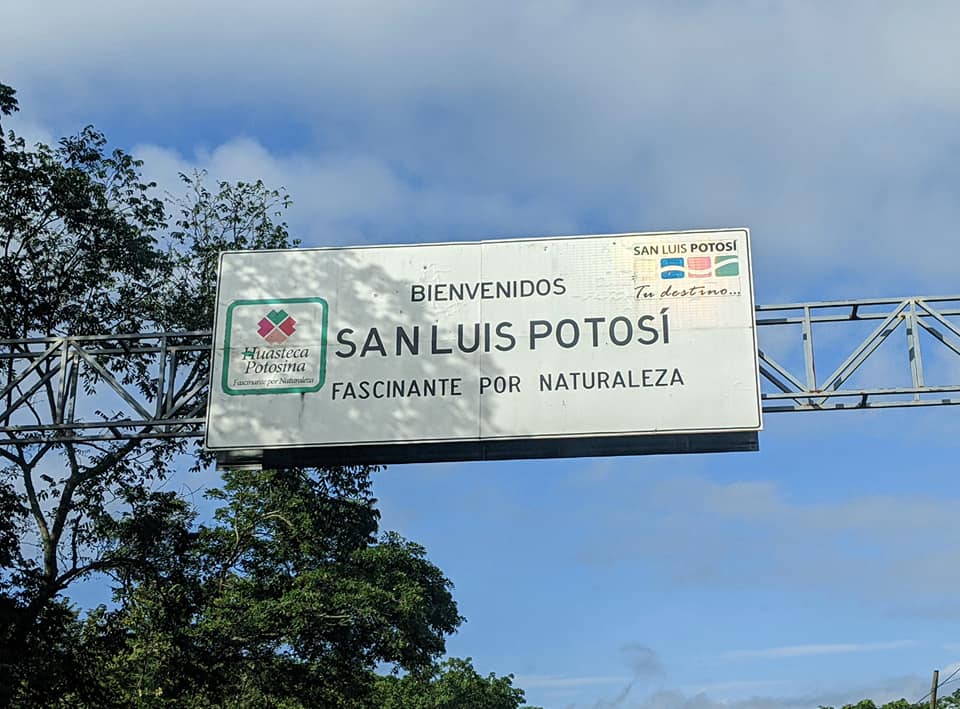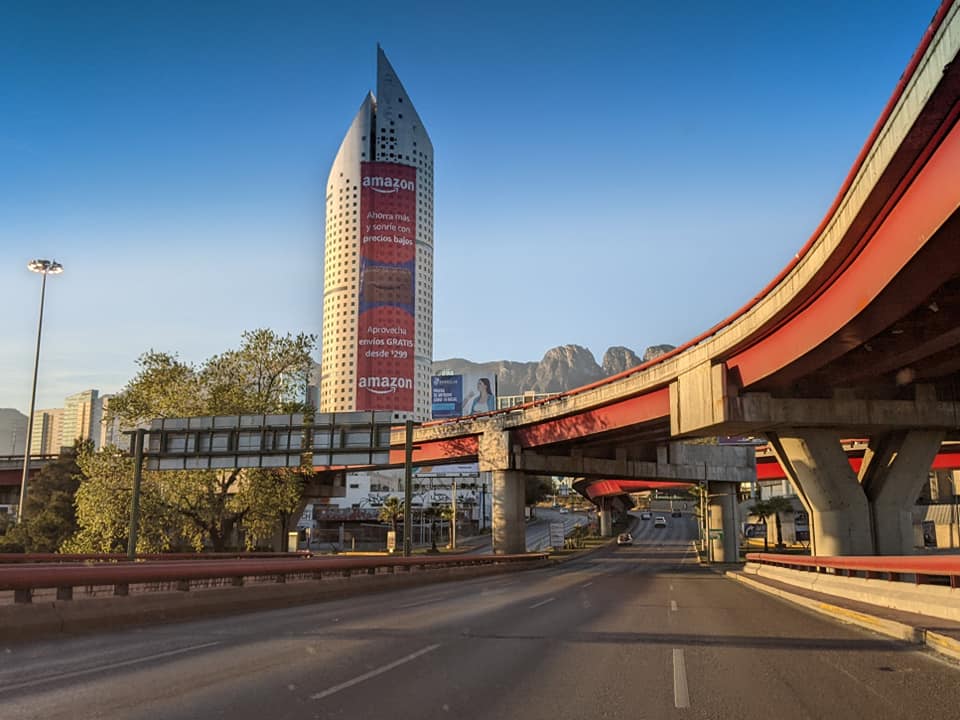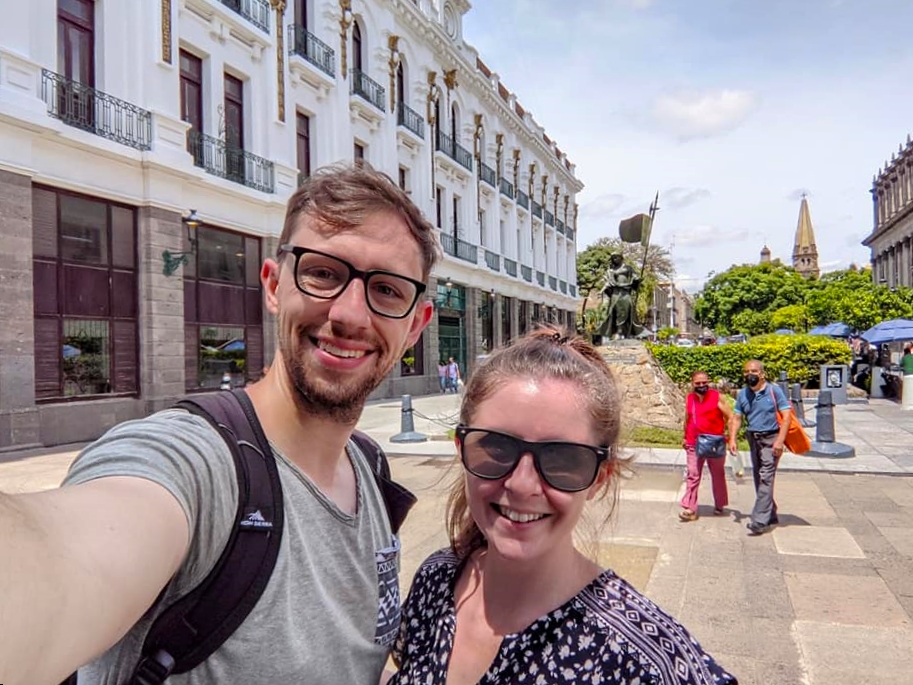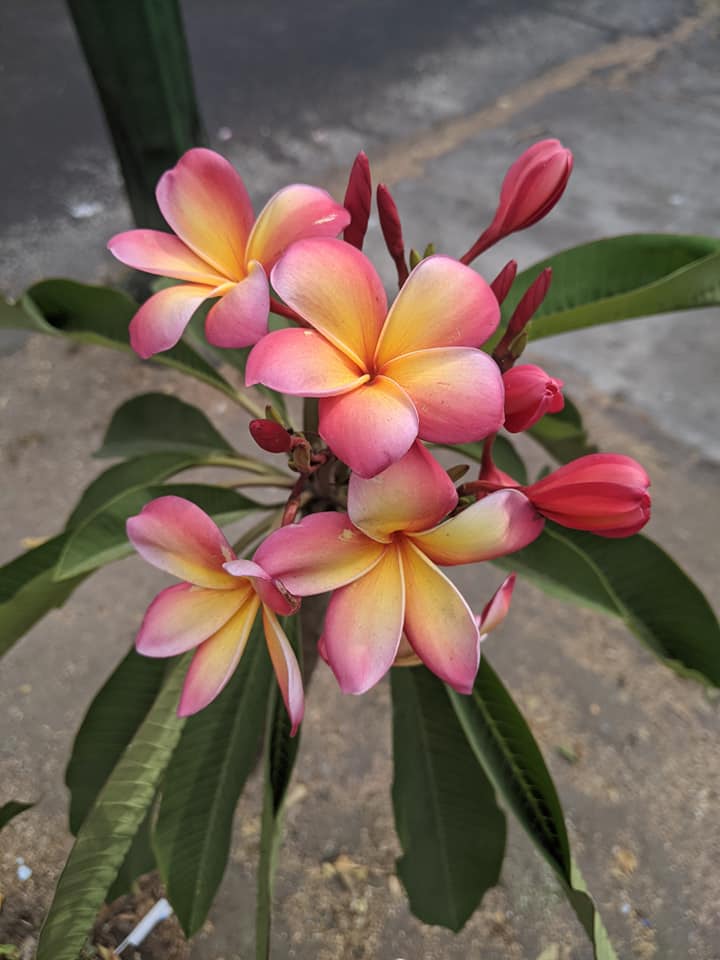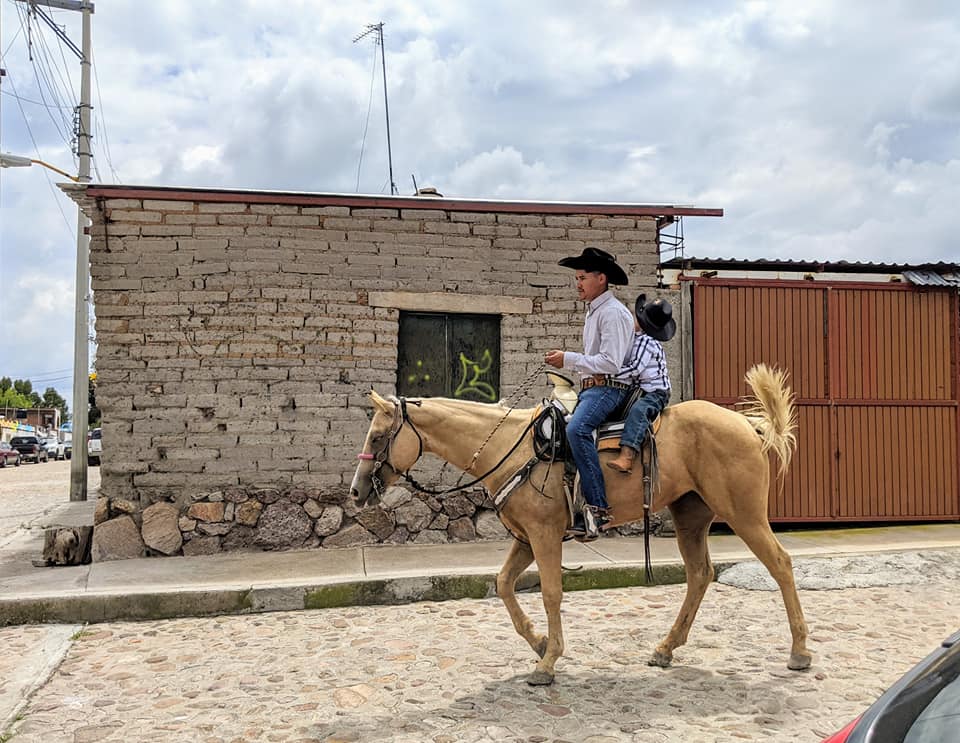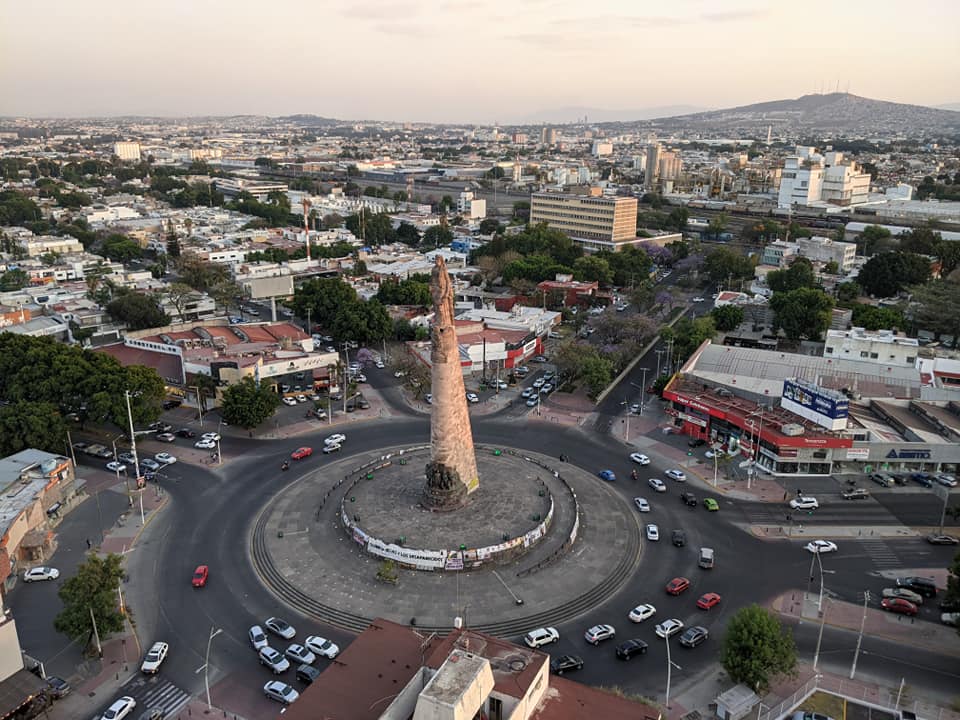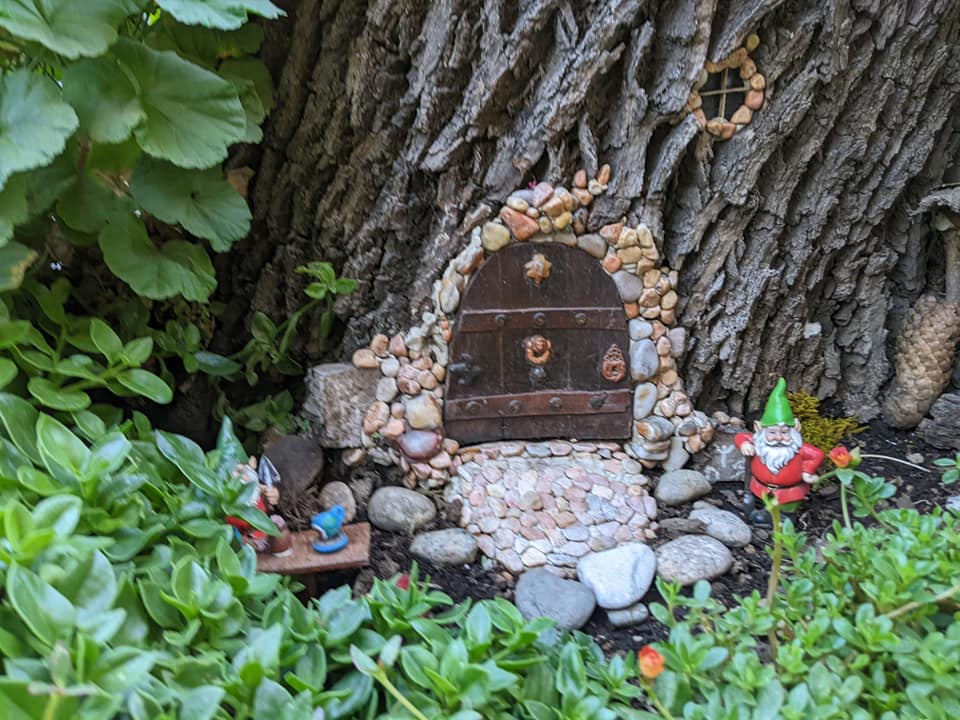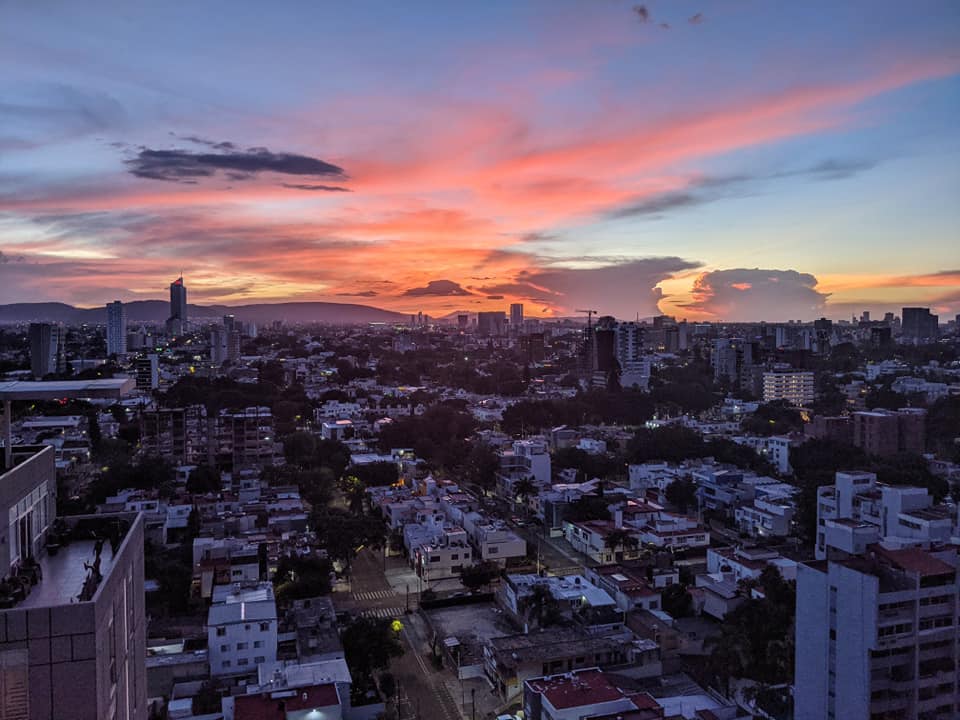
Another international move is on our horizon (and fast approaching), so, of course, I find myself reminiscing and thinking about what an amazing 2+ years we’ve had en México. As I did with both China and Poland, I felt the urge to record some of our favorite things about living here in the form of an A-Z list of what we think we’ll miss most when we leave. Things like:
Amigos – Without a doubt, the hardest part of any move is leaving behind our friends, and I don’t know if it’s because we were here longer or because we found our friendship medias naranjas (soulmates), but this time it’s even harder. 🥹
Bebidas – Where do I even begin with all the drinks we’ll miss! Cantaritos, cazuelas, carajillos…hey, maybe this should have been “c”! Pre-Mexico, I didn’t think I was a fan of fruity drinks or coffee, but I clearly had no idea what I was missing!

Comida – Fittingly, right after bebidas is another, equally important category: la comida or the food. Even before we stepped foot into Mexico, I knew this was my favorite cuisine. Tacos are life as far as I’m concerned, and it should be no surprise that by far the best tacos (and every other Mexican dish) I’ve had has been right here.

Day of the Dead – I’m not into creepy or scary things, so I wasn’t sure what to expect with Día de Muertos, but after celebrating it in both GDL and Oaxaca, I absolutely love it! I’m taking my Day of the Dead decorations with me to Canada, so let the celebrations continue!
Español – This is another big one. I put so much time and energy into learning Spanish over the past three years that it really pains me knowing it’s already starting to deteriorate. I also know I’m really going to miss all the friendly “buen día”s and general ease and openness that comes with español.
Futbol – Tucker loves his sports, particularly local sports, so we had amazing luck moving to GDL, choosing to support Atlas, and then watching them win back-to-back championships! But really, you don’t have to win or even like soccer to enjoy the excitement you can hear literally everywhere in the city when someone scores a ¡GOOOOLLLL!

Guadalajara – Of course, “g” is for the city itself. We chose Guadalajara specifically, which was new for us. I wasn’t assigned to a posting here, we personally decided that GDL had the vibes we wanted (and maybe needed) in the uncertain pandemic times. And honestly, I don’t think we could have possibly made a better choice. In another life, we were definitely Tapatíos.
Handicrafts – I thought China had the handicraft market cornered, but I was so wrong! Mexico also has an incredibly vibrant and varied collection of things ranging from jaguar whistles to braided bags. I will, of course, be bringing many things with me when I go, but I’ll also miss seeing what all is out there!
Ice cream – Or more specifically, nieves de garrafa, is one of the main sweet treats we know we’ll miss (especially Tucker). I mean, ice cream is always good, but when it’s tequila or Ferrero Rocher flavored, that’s really something special.
Jacarandas – I’ll likely never have my own garden (for so many reasons, worms being just one of them), and maybe this is why I was completely entranced by the flowers of Mexico. Even in the cities, there are tons and tons of flowers all year round, my favorite of which are undoubtedly the absolutely gorgeous jacarandas.
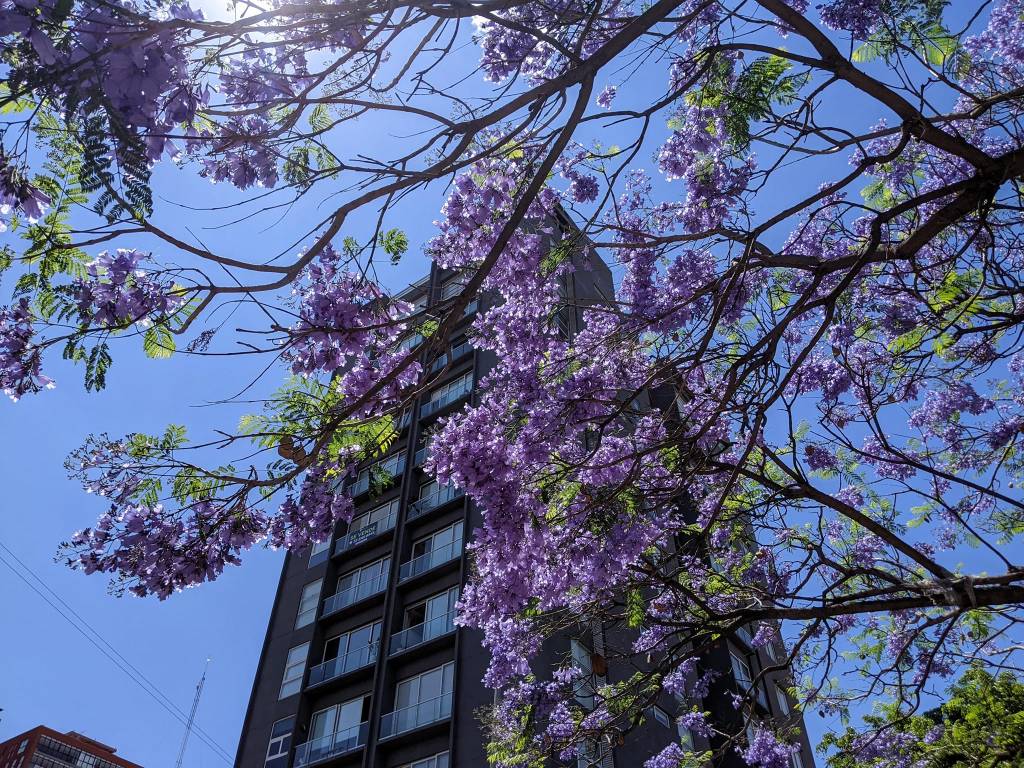
Knife sharpeners – This one really represents all the sounds we’ll miss when we leave Mexico. The pan flute whistle of the knife sharpeners, the garbagemen and their cow bells, and the daily shouts of “AGUA” just to name a few.
Limones – Tucker thinks I have a limón problem. If they’re offered as a food or drink accompaniment, I usually take several and douse whatever I have. I have absolutely become a limón convert during our time here, and I know I’ll miss having them as often as I’d like.
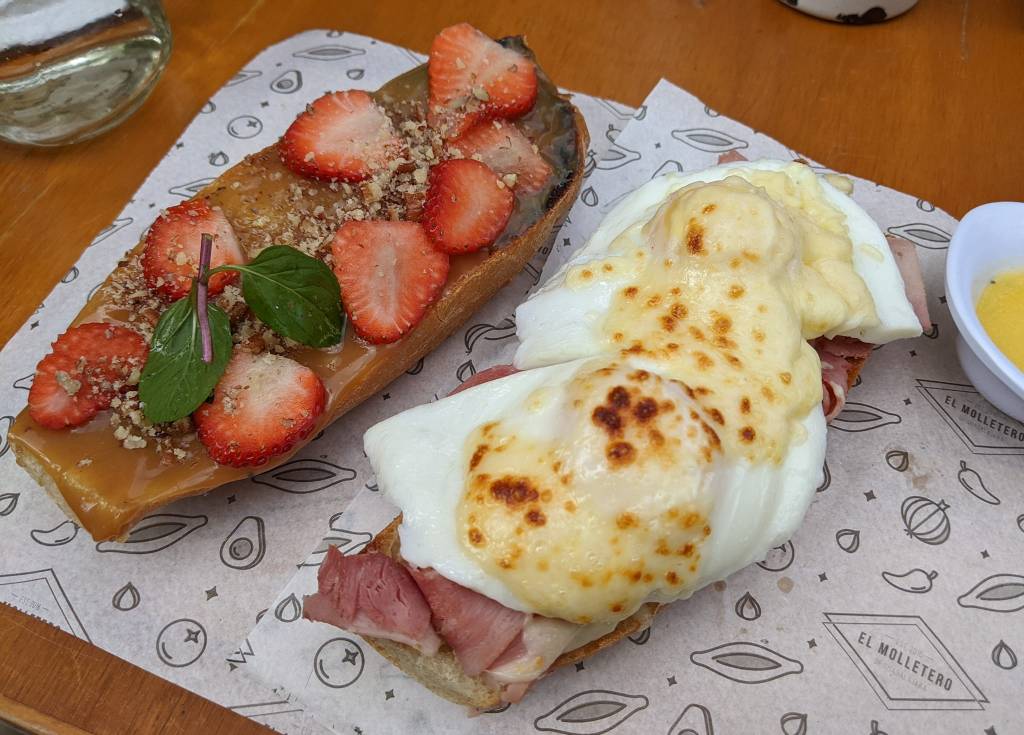
Molletes – A dish I had never heard of quickly became one of my favorites in Mexico, the humble mollete. Toasted bread covered in a variety of amazing combinations from the more traditional: melted cheese, refried beans, and salsa Mexicana (my favorite), to the more modern, eggs Benedict, not to mention all the dulce options like lechera or cajeta and fruit, all of which I miss already!
Nature – Stereotypes have a way of getting into your head without you even realizing it, and for me, one that I had prior to our time in Mexico was that it was all deserts down here, which is absolutely not the case. I rarely saw the deserts of the North, but I will certainly miss the agave fields, the waterfalls, the forests, the beaches, and really all the amazing nature Mexico has to offer.
Our neighborhood – As much as I love GDL, what I love most is probably our neighborhood: Colonia Americana. It was recently voted as one of the coolest neighborhoods in the world, and we couldn’t agree more.
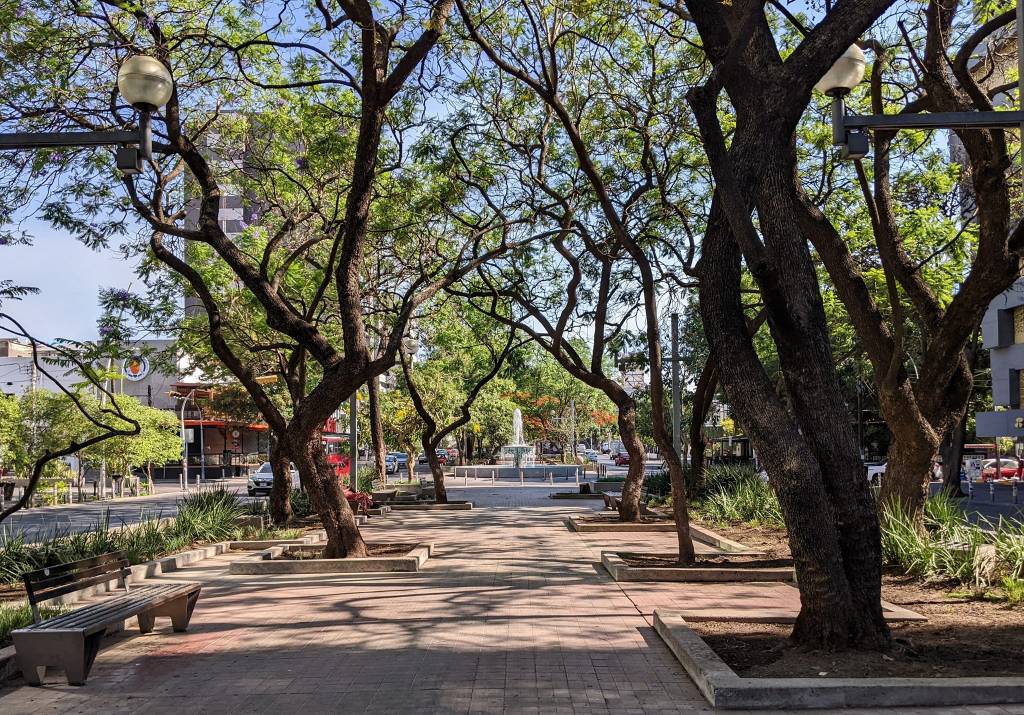
Pueblos mágicos – Someone had an amazing idea to boost tourism in some of the random smaller towns across Mexico by creating a pueblos mágicos (or magic towns) list. Visiting these places felt a little like collecting Pokémon, but it also allowed us to see so many different sides to this beautiful country.
Queso fundido – Another pleasant surprise for us came in the form of queso fundido. We knew we loved the queso you get at Mexican restaurants in the US, but real queso is so much better. Thick and eaten with warm tortillas, why has this version not made it north of the border?!

Rainy season – I am so happy that we already got the first storm of rainy season 2023 (a bit early as they usually start in June) because I LOVE RAINY SEASON. The clouds rolling in, the smell of a storm coming, the ridiculous amounts of rain and lightning and thunder, and even the adrenaline-inducing inundaciones that follow.
Spontaneity – If China taught us to expect the unexpected, Mexico has taught us to stop planning ahead so much. It’s far more fun to just wing it, and trust me, that’s actually much easier to do when literally everyone else is doing it too.
Tacos y Tequila – I couldn’t pick just one! Tacos are my favorite food, and learning the true art of the taco has been a dream come true for me, but tasting the best tequilas in the world from the city where they originate is something I’ll also miss dearly.


Usar esto… and by “esto” I mean the Mexico-specific finger gestures used to indicate “sí” or “no”. After being confused by these finger nods for months, we finally asked what they meant, and then quickly adopted them ourselves. I can’t wait to attempt them in Quebec and see the reactions!
Viajar – Of course, one of the things I always miss when we leave a country is the easy access to domestic travel options. I LOVE seeing parts of a country that usually only locals see, and in Mexico, although it was a bit harder to accomplish, I felt equally if not more excited when I was successful.


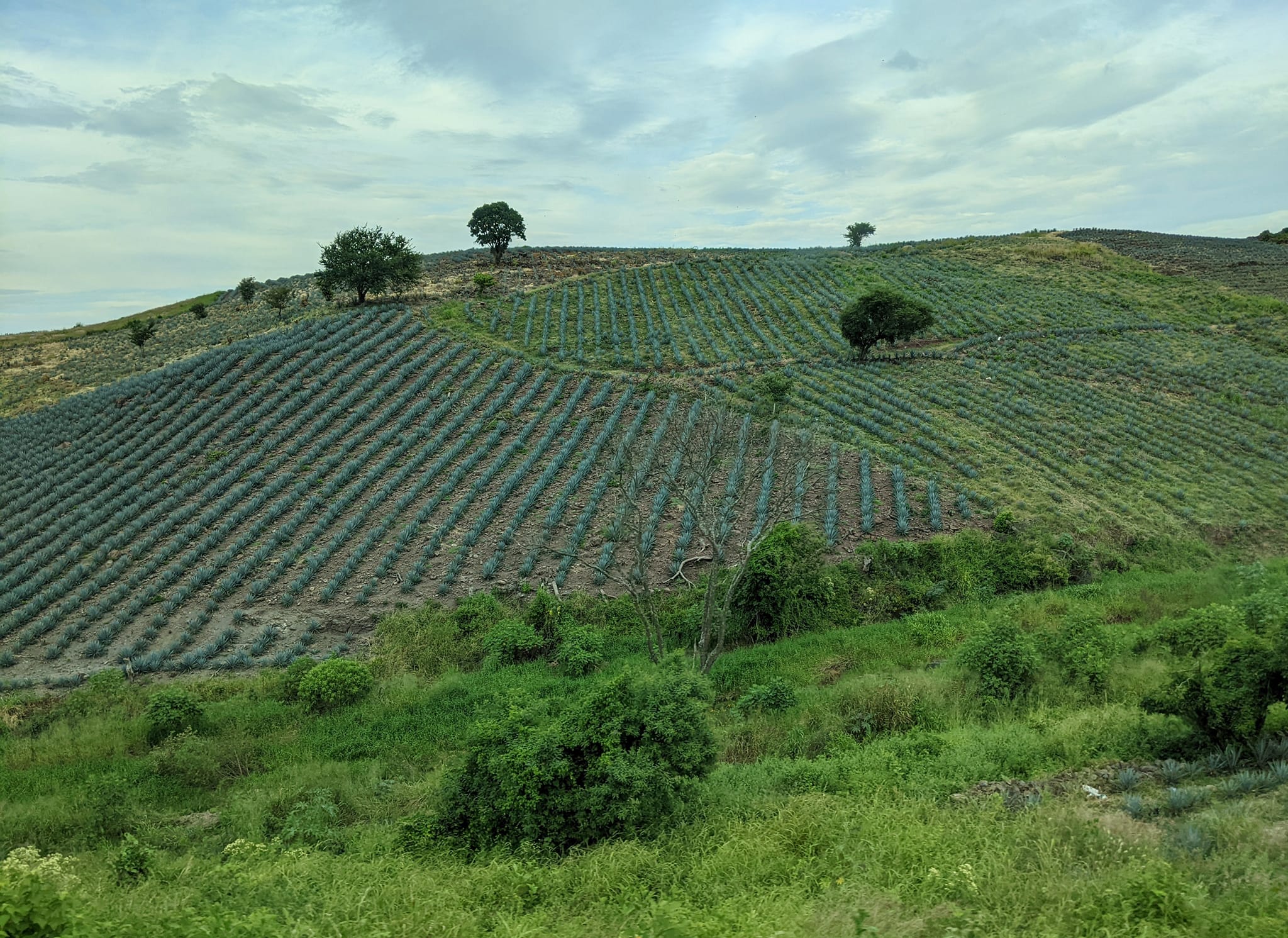
Weather – Surprisingly, one of the things we’ll miss most is el clima de GDL. Even though it’s so far south, the high elevation means that it doesn’t get super hot, there’s minimal humidity, and the seasons are the most consistent I’ve ever experienced. We almost forgot that in most places (like Canada), you have to check the weather every day before going out – how weird!
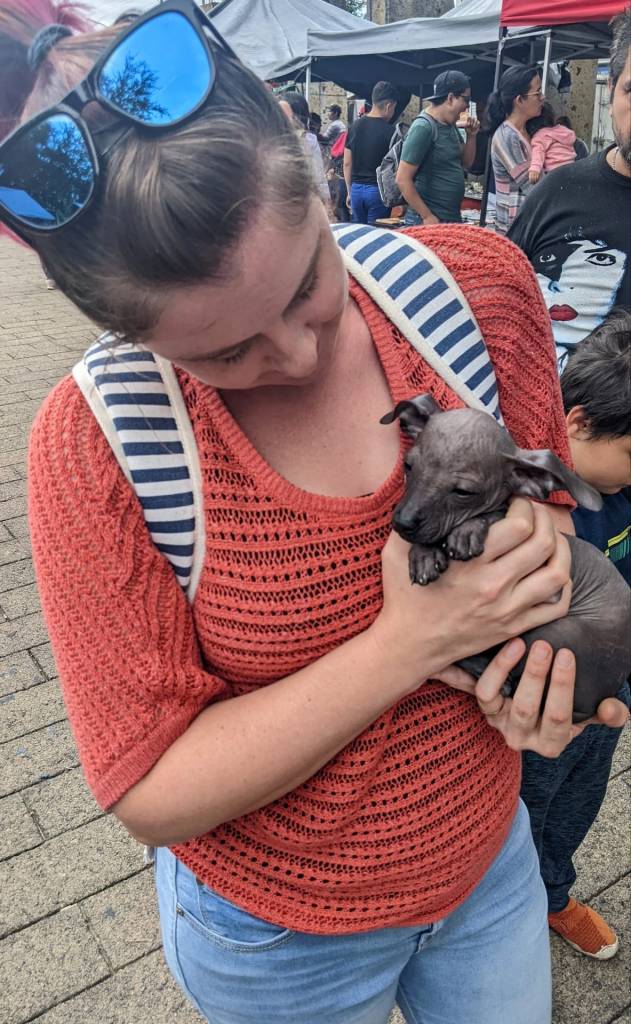
Xolos – Seeing a xolo (or Xoloitzcuintle) in the wild, or you know, just walking down the street with its owner was something like a game for us. “Xolo spotting” we called it, and we’ll definitely miss it as well as the regal, hairless dogs themselves.
Yolo vibes – I didn’t know how else to put this, but one of the things I’ll miss most about our Mexico lives are the “yolo” vibes we’ve experienced. “Social Thursdays”, staying up late and eating tacos well into the madrugada, the calm, good-humored or tranquilo way of handling life’s problems; it felt mentally healthier and at the same time, so much fun!

Zócalos – or plazas, are a bit of a stand-in for all the incredible architecture and history that make up each of Mexico’s many beautiful city-centers. Being from a country that loves to knock things down and build anew, I’ll forever be enamored by pre-1700s buildings, of which Mexico has its fair share.
So that’s our list! As always, I’m excited to see which of these really end up being the things we crave in a year or two, but for the time being, I’m happy to spend our last week here relishing these and many more aspects of Mexican Life as we try to gather the courage to leave it all behind. Thanks again, Mexico, what an amazing experience it has been!



